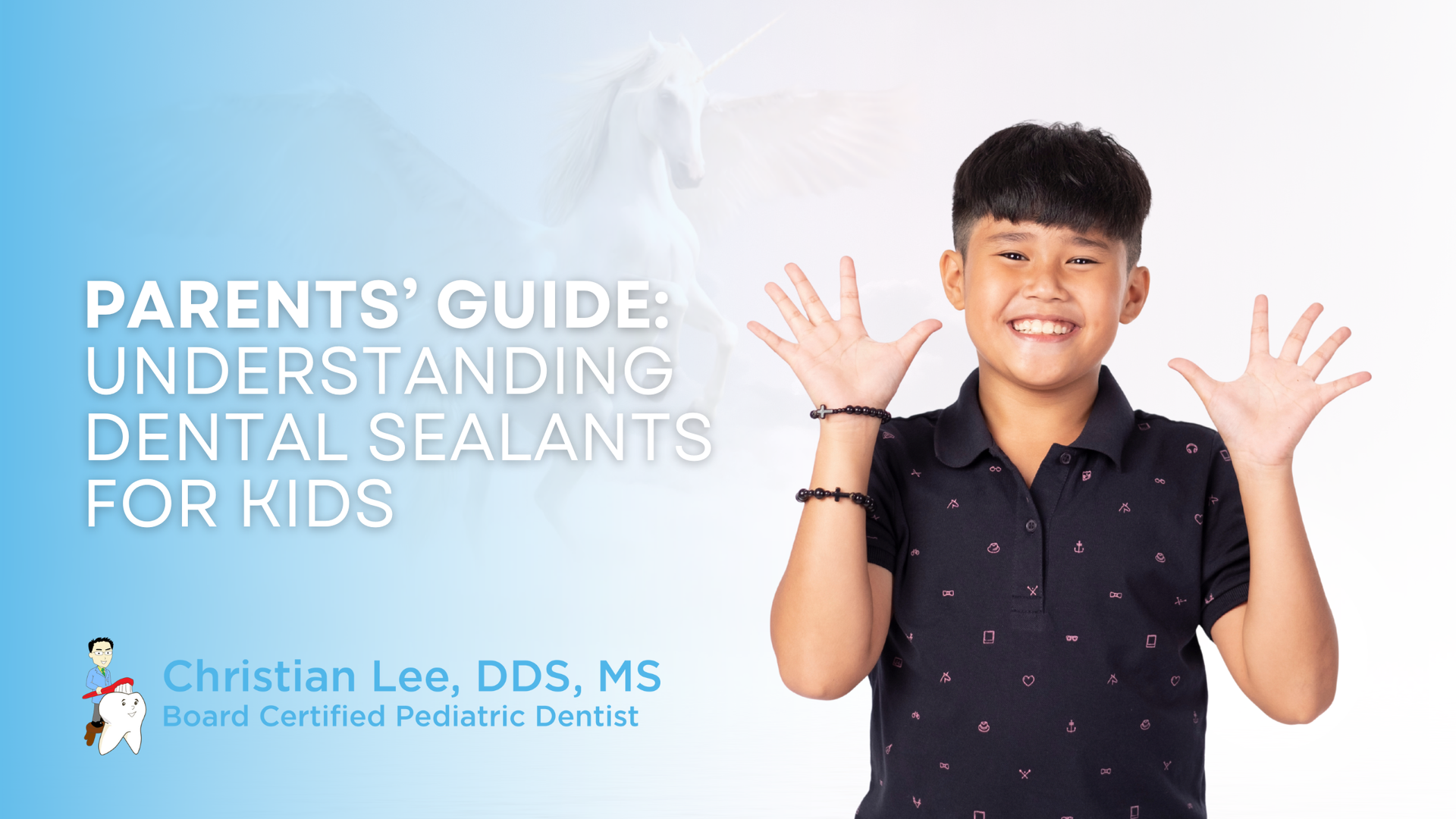Sensory-Friendly Dental Visits: How to Ease Cleanings for Kids
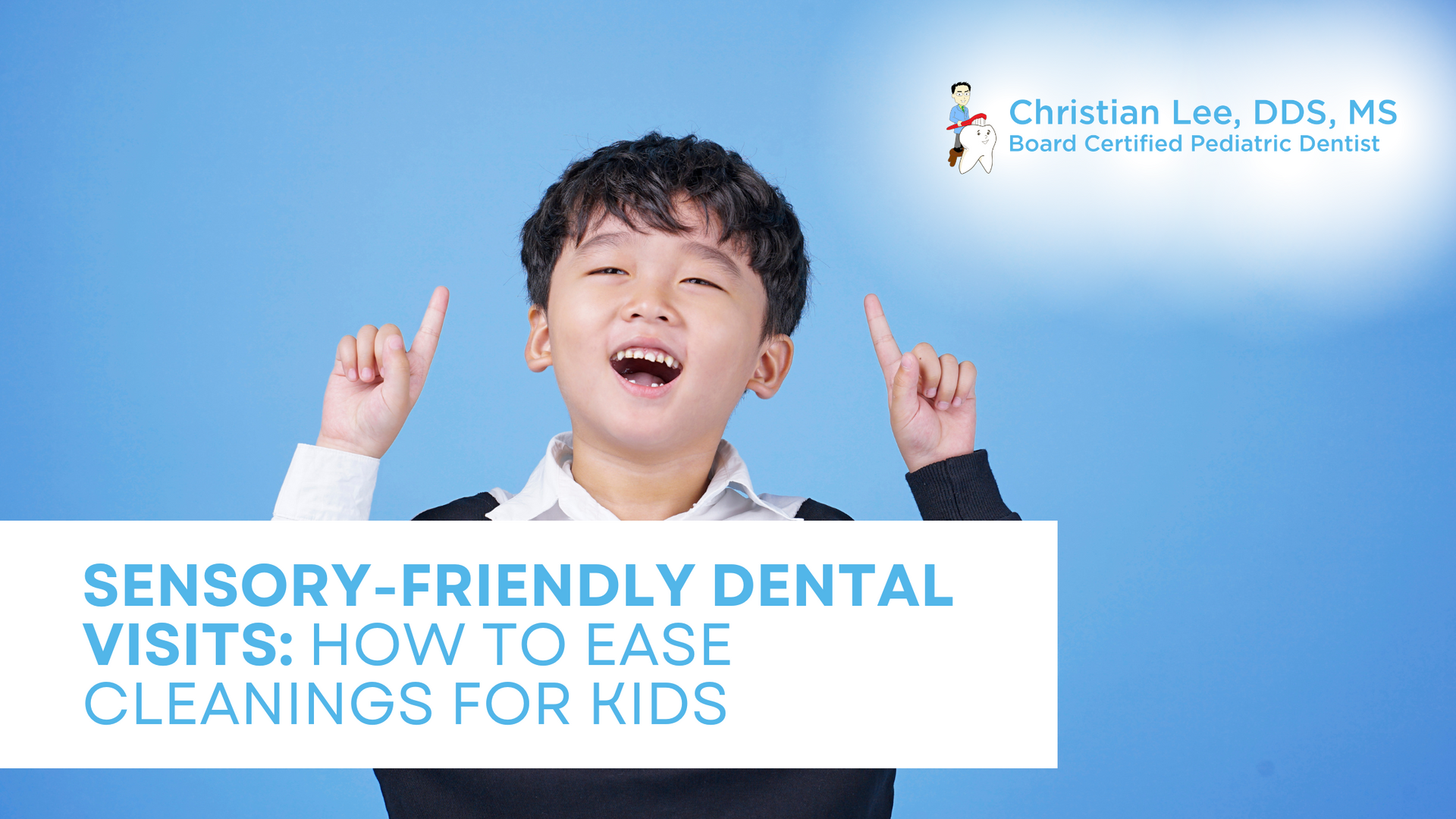
Source: Dr. Marketing
Dental visits can be stressful for many children, but for those with sensory processing disorders (SPD), a routine cleaning can feel overwhelming. Bright lights, unfamiliar textures, buzzing tools, and new faces can create sensory overload, making it difficult for families to keep up with preventive care. Understanding these challenges and finding the right dental team can make a significant difference in a child’s experience—and in their long-term oral health.
At Christian K. Lee, DDS, MS located in Palo Alto, we understand that every child processes sensory information differently. Our approach combines empathy, clinical expertise, and thoughtful strategies to help families navigate dental cleanings in a way that supports the child’s comfort and cooperation. This guide will explore how SPD affects dental care, what parents can expect, and how a tailored approach to cleanings can lead to healthier smiles and more positive visits.
Understanding Sensory Processing Disorders in a Dental Setting

Sensory processing disorder affects how the brain interprets sensory input, including touch, sound, smell, and visual stimuli. For children with SPD, ordinary experiences—such as the vibration of a toothbrush or the sound of a suction device—can feel exaggerated, uncomfortable, or even frightening.
While some children with SPD seek extra input (sensory seekers), others may be highly sensitive to stimuli (sensory avoiders). This variation means there is no one-size-fits-all approach, especially when it comes to dental cleanings. Recognizing and respecting these differences is crucial to providing care that is not only effective but emotionally safe.
Why Regular Dental Cleanings Still Matter
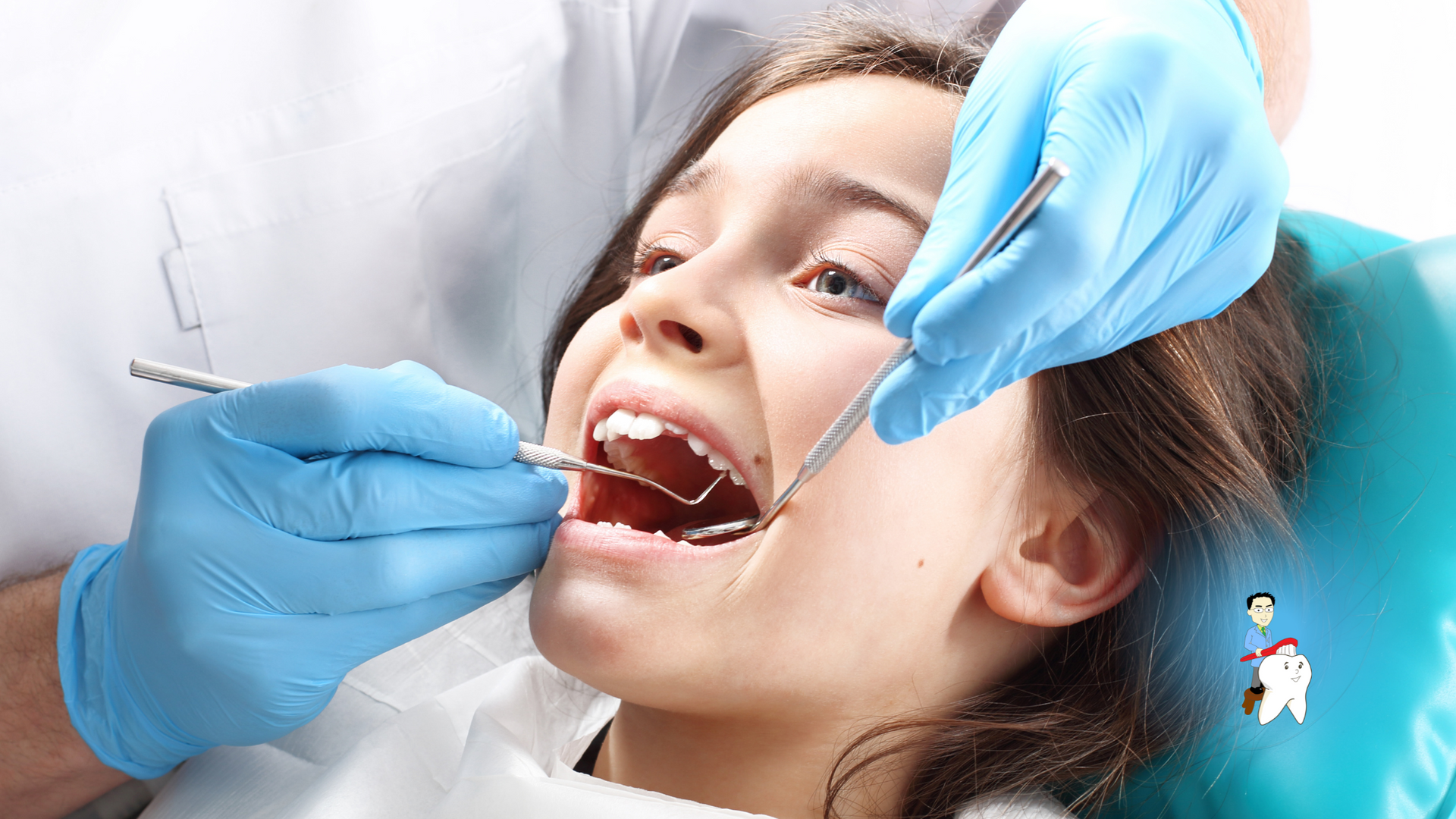
Despite the challenges, preventive dental care is essential. Cleanings help remove plaque and tartar, reduce the risk of cavities and gum disease, and give our team a chance to monitor oral development. Children with SPD may also be more prone to dental issues if sensory sensitivities make brushing and flossing difficult at home. Avoiding the dentist can compound oral health problems, leading to more complex—and more stressful—treatments later on.
For this reason, working with a team that is experienced in managing SPD is key. At Christian K. Lee, DDS, MS located in Palo Alto, we use gentle techniques and patient-centered care to ensure these important visits are manageable and even rewarding for children.
Preparing for the Appointment: How Parents Can Help
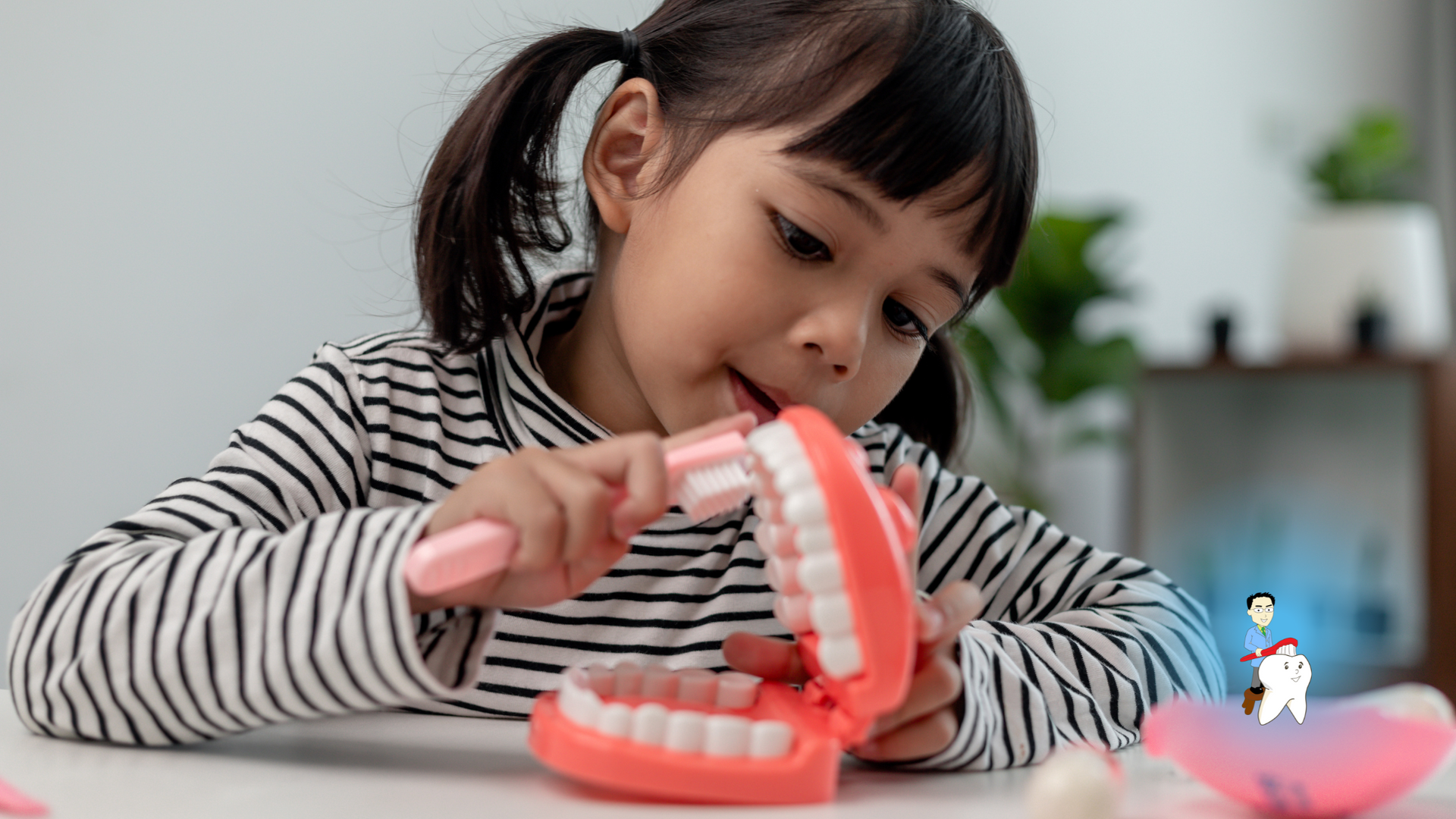
Preparation is one of the most effective tools in reducing dental anxiety for children with SPD. A few small steps before the visit can lead to greater comfort and cooperation during the cleaning.
Visual Schedules and Social Stories
Children with SPD often benefit from knowing what to expect. Creating a simple visual schedule with photos or drawings of each step of the visit can help reduce fear of the unknown. Social stories—short narratives that describe what happens at the dentist—can also help normalize the experience and introduce new vocabulary.
Pre-Visit Tours
Pre-visit tours allow the child to see the office, meet our team, and explore the environment without the pressure of undergoing treatment. These visits often help reduce anxiety by building familiarity.
Practice at Home
Using a toothbrush to gently touch the cheeks, lips, and teeth at home can help children become more accustomed to oral sensations. Playing “dentist” with a favorite toy can also reinforce what will happen during the cleaning.
Tailoring the Cleaning Experience
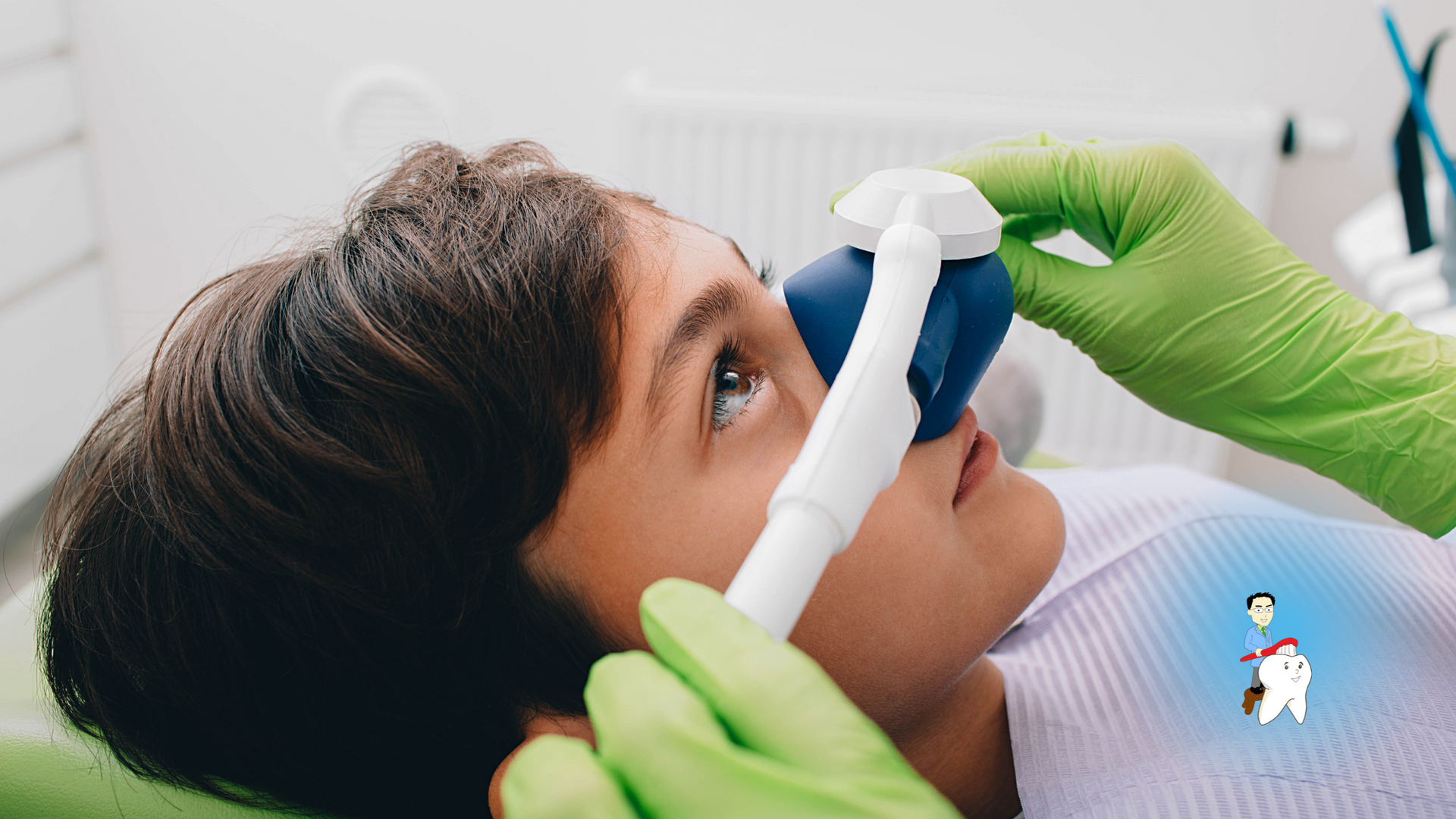
Once the child arrives for the cleaning, the goal is to create a calming, sensory-aware environment. Every child responds differently, which is why flexibility and open communication are central to success.
Environment Adjustments
Children with SPD may be sensitive to lighting, sound, and texture. We can dim overhead lights, provide noise-cancelling headphones, or let the child wear sunglasses to minimize discomfort. Some children respond well to weighted blankets, a favorite fidget toy, or the gentle pressure of a parent’s hand.
Desensitization Through Gradual Exposure
For some children, attempting a full cleaning on the first visit is not realistic. Instead, our team may break the visit into smaller steps: sitting in the chair, counting teeth, using a mirror, then introducing tools one at a time. This slow approach builds trust and allows the child to acclimate at their own pace.
Using Clear Communication and Visual Cues
Children with SPD often do better when each step is explained clearly before it happens. Dentists and hygienists may use the “tell-show-do” method—explaining, showing the tool, and then performing the step. Providing choices, such as which flavored toothpaste to use, can also give the child a sense of control.
Behavioral Support Techniques
Some dental practices use positive reinforcement, visual cues, or applied behavior analysis (ABA) strategies in coordination with behavioral therapists. These techniques reward cooperative behaviors and can be effective for children with autism spectrum disorder (ASD) who also have SPD.
Nitrous Oxide (Laughing Gas)
For children who are extremely anxious, nitrous oxide may be offered. This mild sedative is delivered through a mask and helps the child feel relaxed while staying awake and responsive. It wears off quickly after the procedure and is widely considered safe for pediatric use.
Deeper Sedation Options
In rare cases where cleanings are not possible with lighter interventions, conscious sedation or general anesthesia may be discussed. These options are typically reserved for children with complex medical needs or those who are unable to tolerate dental care otherwise. Our team will review all risks and benefits with the family before moving forward.
What Parents Should Know After the Visit
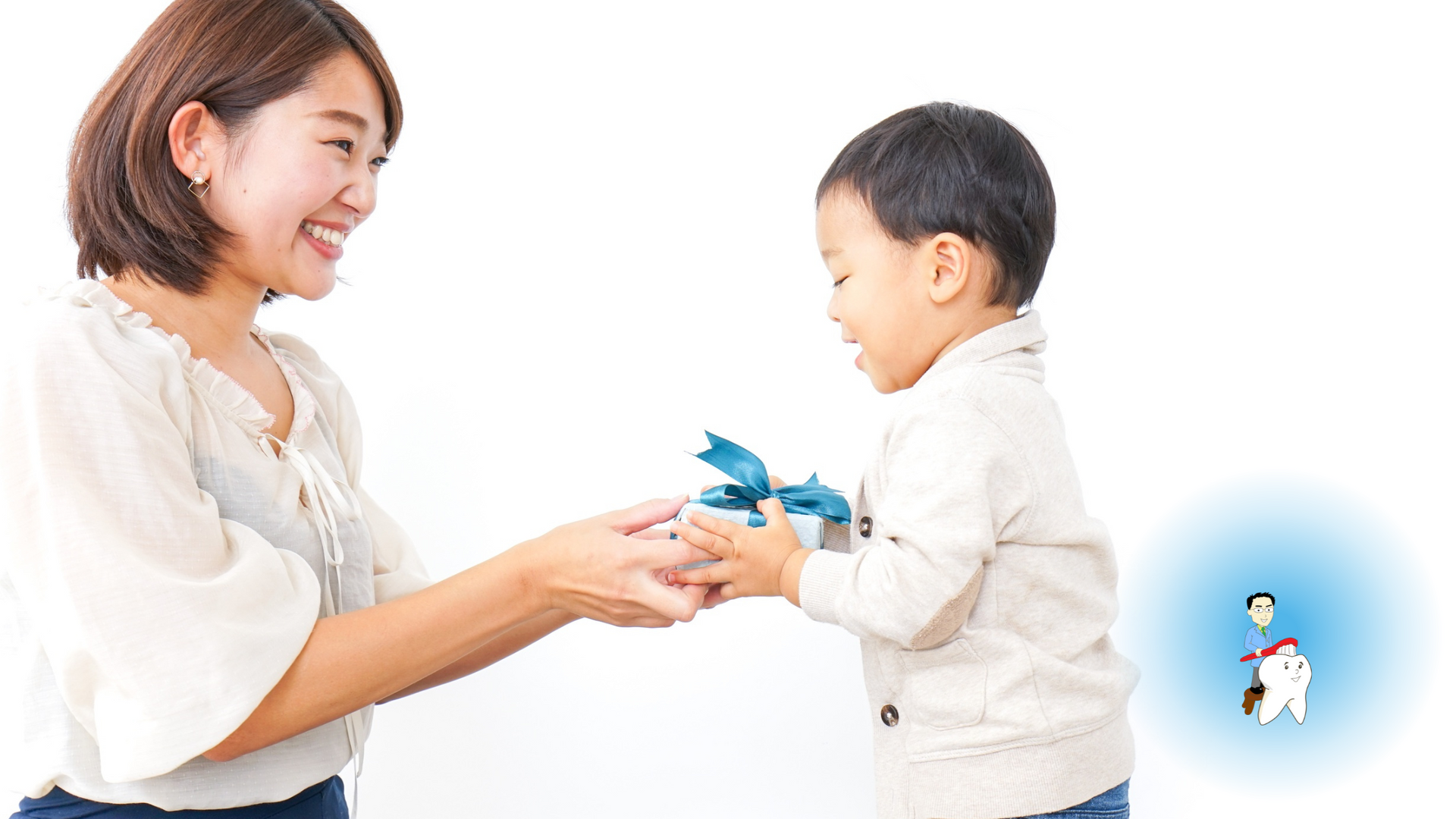
Once the cleaning is complete, it is important to reinforce the positive aspects of the visit. Praise the child for specific accomplishments—such as opening their mouth or sitting in the chair—and consider a small reward or celebration to build confidence for next time.
Some children may be more sensitive after a dental cleaning. Mild discomfort from tools or pressure can linger for a few hours. Offering soft foods, gentle tooth brushing, and quiet time at home can help them recover.
Parents should also discuss with our team any observations about the child’s behavior—what helped, what was difficult, and what could be improved. This feedback allows the team to tailor future visits even more effectively.
The Role of Our Team in Long-Term Success
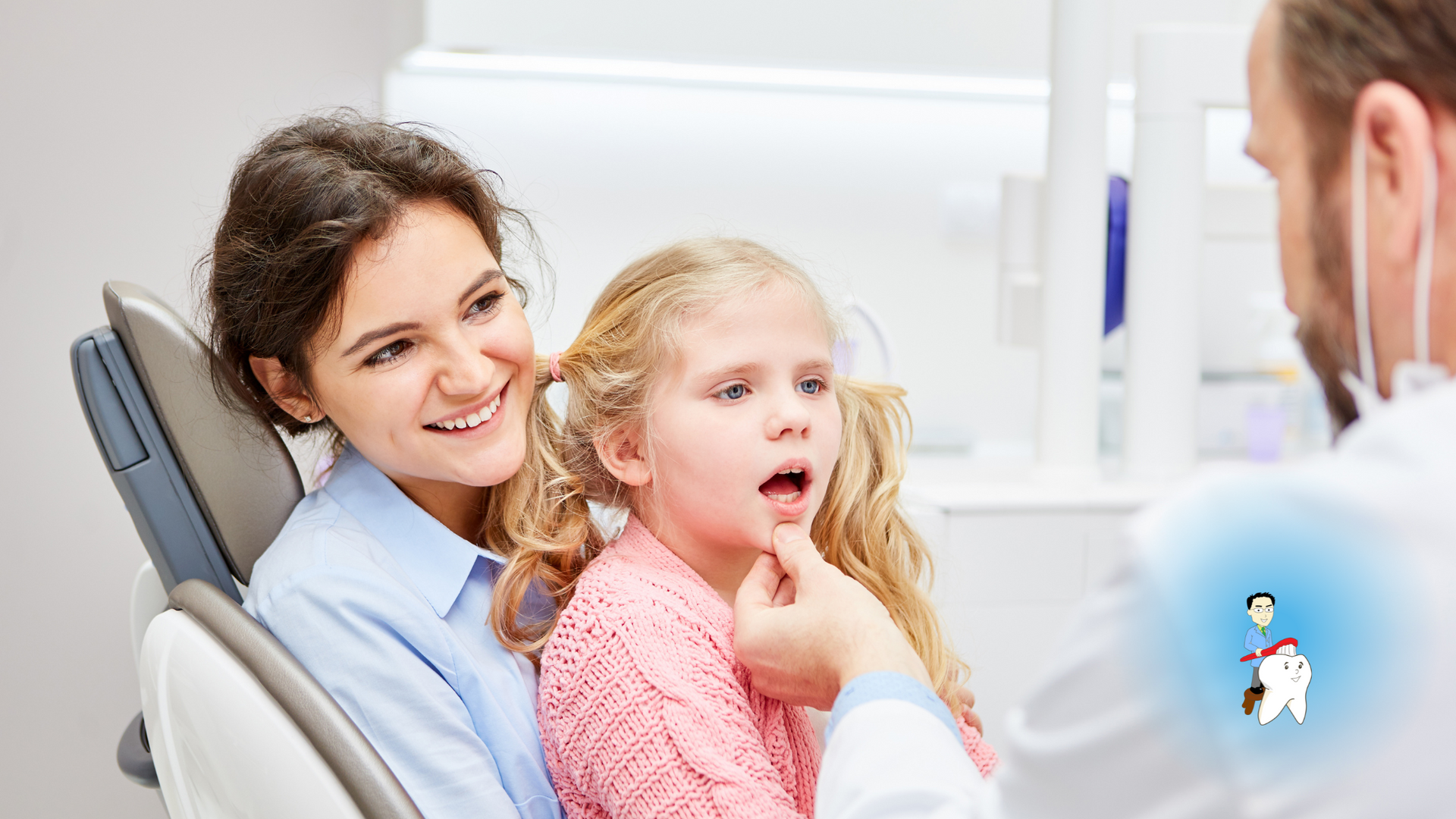
Supporting a child with sensory processing challenges requires consistency and trust. That is why building a long-term relationship with a patient-focused dental team makes all the difference. At Christian K. Lee, DDS, MS located in Palo Alto, we view each appointment as part of a bigger journey—one that aims to help every child feel safe, understood, and empowered in the dental setting.
Over time, children who were once overwhelmed by cleanings can become more confident and engaged. By partnering with families and adapting our approach, we work toward that transformation together.
Creating a Supportive Path to Oral Health

Navigating dental cleanings with a child who has sensory processing disorder is not always easy—but it is absolutely possible with the right support, preparation, and dental care team. Understanding the child’s unique needs, building gradual exposure, and maintaining open communication can turn a stressful visit into a manageable, even positive, experience.
At Christian K. Lee, DDS, MS located in Palo Alto, we are proud to help families take these important steps toward better oral health. We believe every child deserves care that is not only clinically excellent but also compassionate and customized to their comfort. Whether you are preparing for your child’s first visit or looking to improve future experiences, we are here to support your journey—every step of the way.


